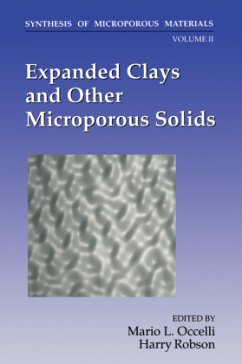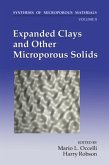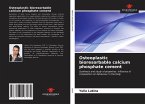the chapters contained in this volume. Chapters dealing with pillared clays char acterization and testing have been included to illustrate the importance of mod em characterization techniques and of test reactions in understanding the prop erties of these materials. A special acknowledgment is made of the generous financial contribution from industrial sponsors, to the many colleagues who acted as referees and to the authors for the time and effort they gave to presenting their research at the symposium and in preparing the camera ready manuscripts. We would also like to thank Professors A. Clearfield, T. J. Pinnavaia, Z. Gabelica, H. Kessler, S. Yamanaka, and to Doctors G. W. Skeel and D. E. W. Vaughan for helping to chair the symposium. Mario L. Occelli Yorba Linda, CA Harry E. Robson Baton Rouge, LA Expanded Clays and Other Microporous Solids 1 APPROACHES TO THE SYNTHESIS OF SUPER GALLERY PILLARED CLAYS Thomas J. Pinnavaia, Department of Chemistry and Center for Fundamental Materials Research, Michigan State University, East Lansing, Michigan 48824 Recent advances in the design of microporous pillared solids with "supergallery" structures are discussed. Supergallery derivatives are defined as intercalates in which the interlayer thickness is substantially larger than the thickness of the host layer. Three general classes of hosts are considered, namely, 2:1 smectite clays,layered double hydroxides (LDHs) , and layered silicic acids.








